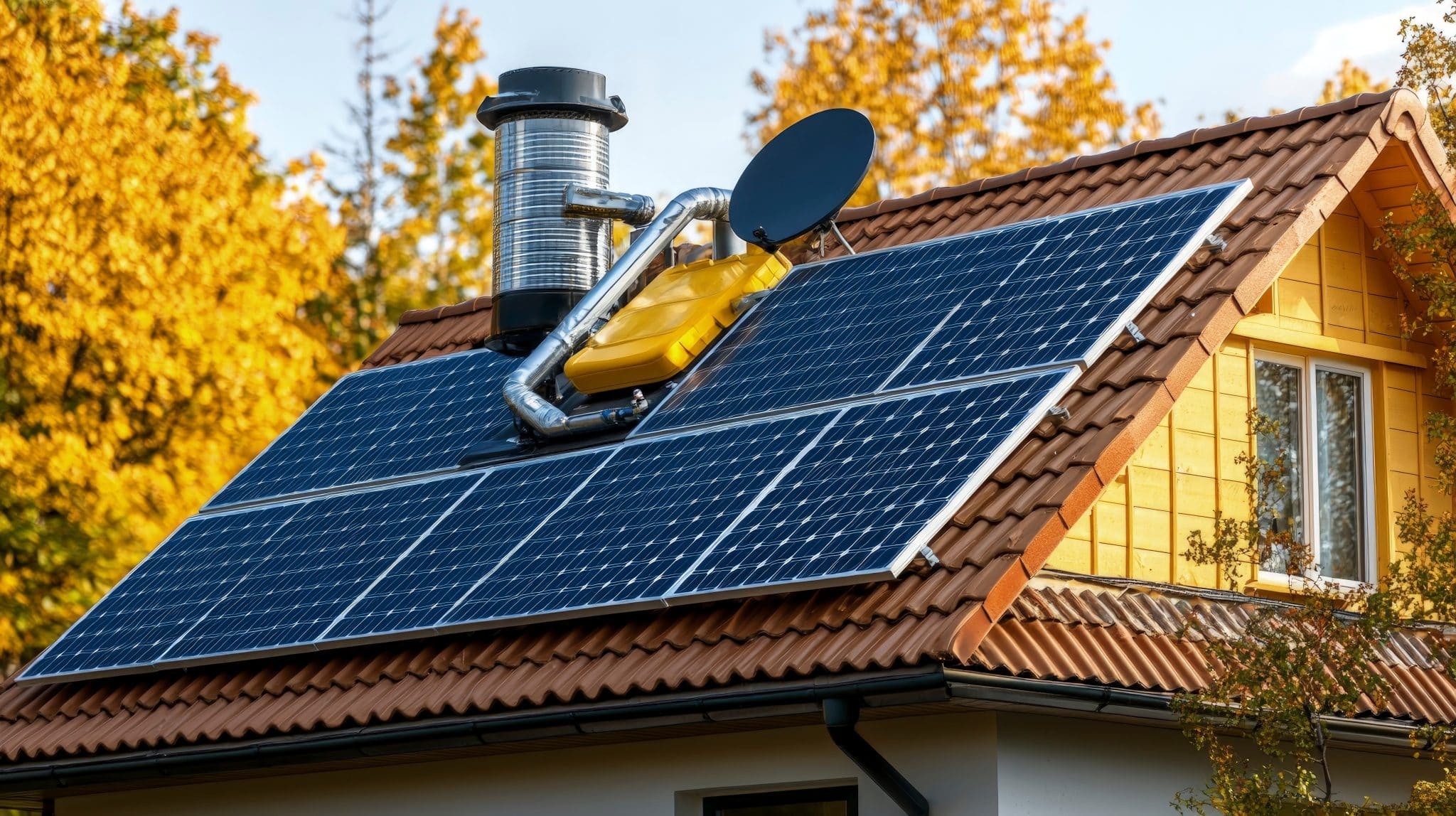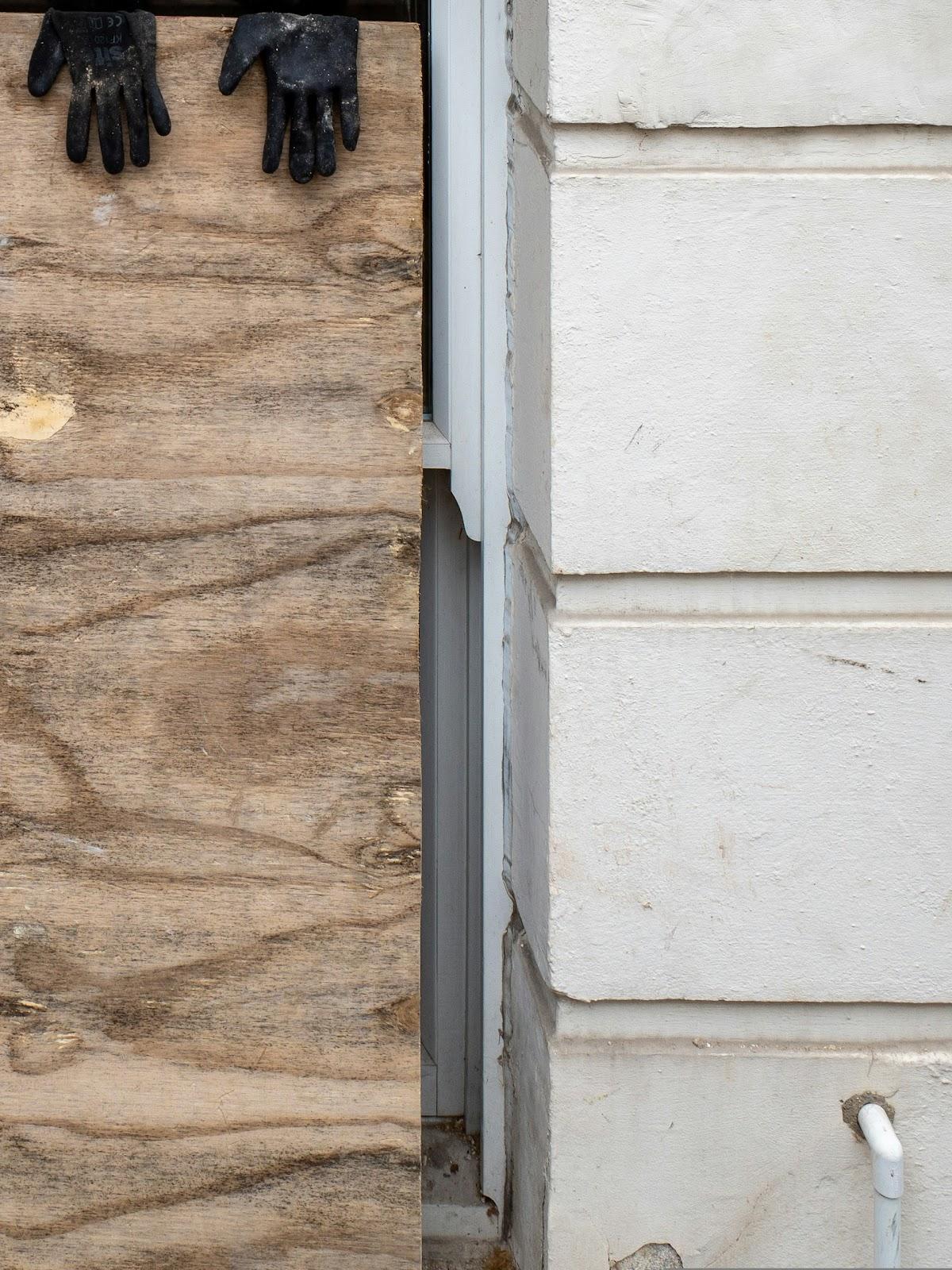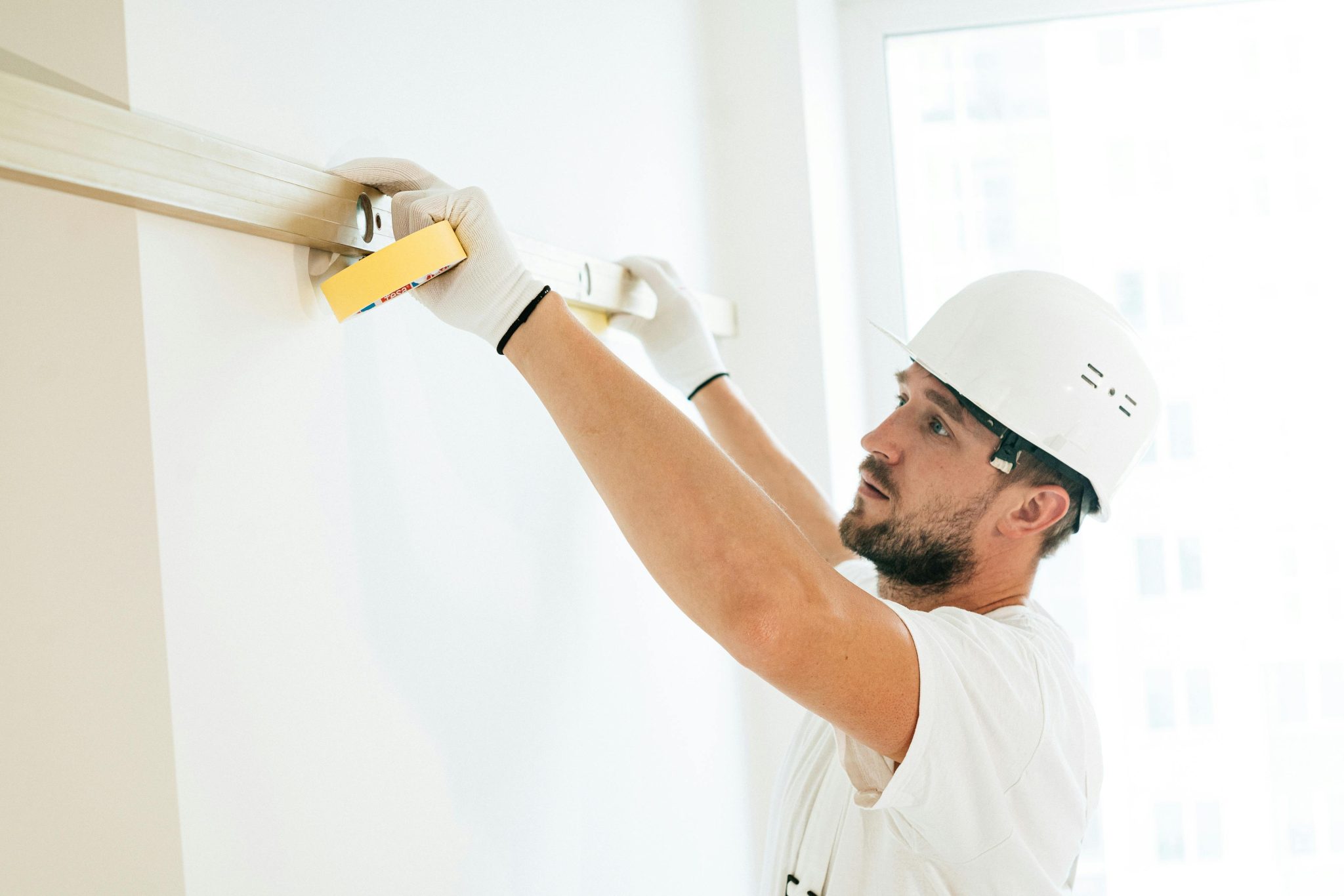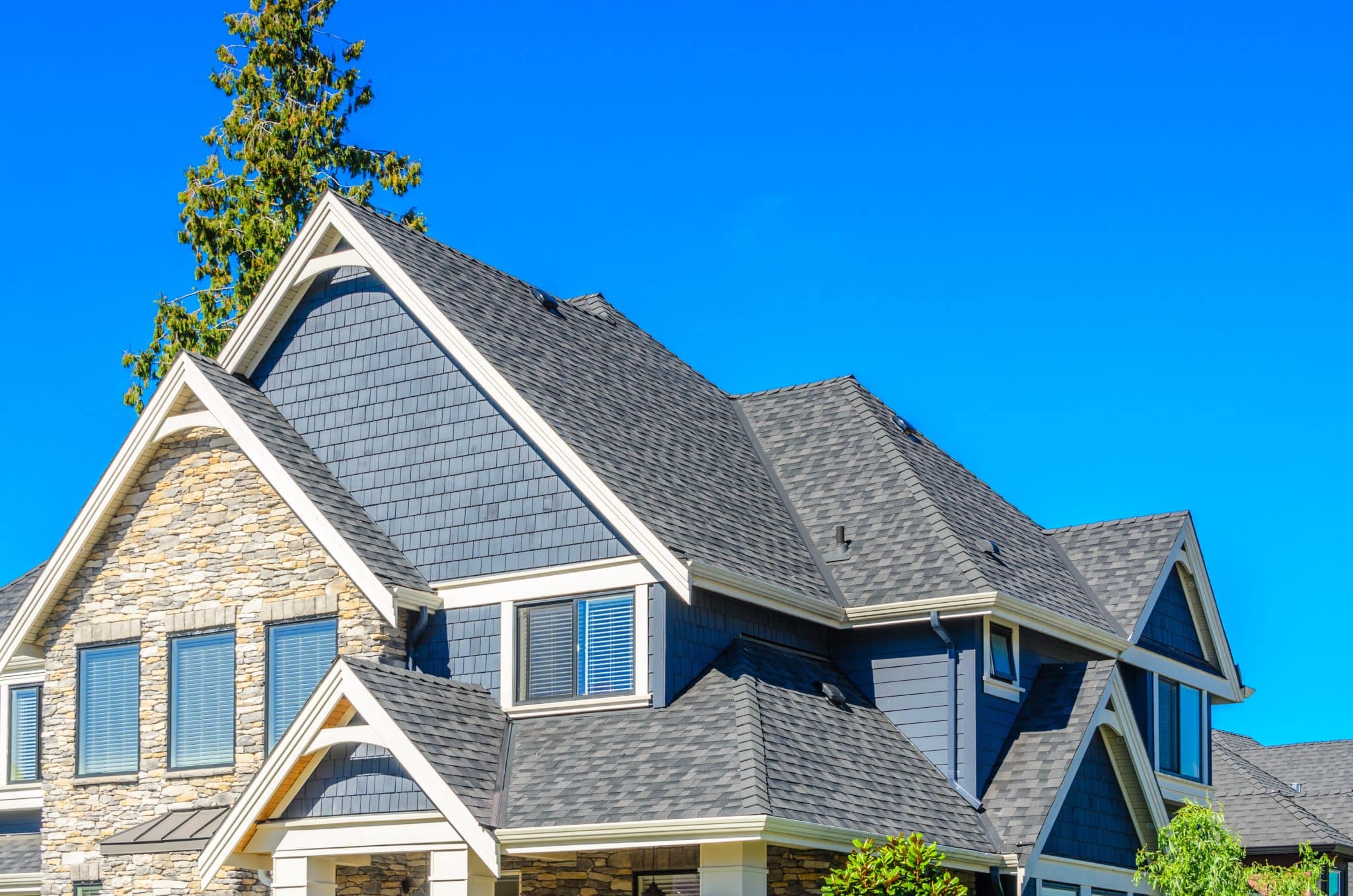Finding and Fixing Potential Water Damage
Water damage is every homeowner’s nightmare. It often starts unnoticed, with small leaks or damp spots, but can quickly escalate into major issues. It contributes to mold growth, rot and structural damage, resulting in costly repairs all while putting your health at risk.
Early detection is one of the most effective strategies for addressing water damage before it spirals out of control.
Signs of Water Damage

Recognizing signs of water damage before it worsens can save you from major headaches down the line. Other than the elevated water bill, other indicators to look for include:
Visual Clues
- Discoloration or staining, characterized by a yellowish-brown spot on the walls, ceilings or floors.
- Peeling, bubbling or cracked paint or peeling wallpaper.
- Warped or sagging baseboards and flooring.
Auditory Signs
- Drip drop sounds that linger long after all faucets are turned off point to a hidden leak.
- You might have a plumbing issue if you hear running or trickling water when no appliances are in use.
Olfactory Cues
Your nose can also alert you to the presence of water damage. Mold and mildew thrive in damp environments. If you detect this distinctive persistent musty or damp smell, especially if the odor is concentrated in a specific area, you likely have a moisture problem that needs addressing.
Common Sources of Water Damage

Once you’ve identified the possibility of water damage, it’s time to investigate the source. Common culprits include:
- Leaking pipes or corroded plumbing fixtures.
- Water coming in through the roof, windows or doors.
- Flooding from heavy downpour or overflowing gutters.
- Condensation buildup in humid climates.
Begin by thoroughly examining all accessible areas within your property for water penetration or pooling. Check the roofing, plumbing, window sealing and exterior components. The sooner you pinpoint the culprit, the sooner you can take action to stop the damage.
Types of Water Damage
Not all water damage is created equal. Understanding the damage you’re dealing with helps determine the most appropriate action. There are three main categories to be aware of.
1. Clean Water Damage
This type of water damage is caused by broken pipes, leaking appliances or rainwater infiltration. It’s generally the least hazardous and easiest to restore.
2. Gray Water Damage
Gray water comes from sources like dishwashers, washing machines, sinks and showers. It contains many contaminants that can pose health risks if not handled properly. Gray water damage restoration requires disinfection and specialized cleaning.
3. Black Water Damage
The most severe type is black water damage, which results from flooding from natural disasters or sewage backups. This water is highly contaminated and requires a professional water restoration company to handle black water to minimize your risk of coming into contact with the health hazard
How to Fix Water Damage
Now that you’ve assessed the damage, it’s time to fix it. Depending on the severity, you may be able to handle the repairs yourself or have to call in the professionals.
Addressing Immediate Concerns
If the damage is due to a leak, turn off the water supply to prevent further deterioration. Dry the affected areas to curb mold growth. Fans, dehumidifiers and even old-school open windows speed up the drying process.
DIY Repairs
You can DIY minor water damage restorations like fixing small leaks. Patch small leaks and address structural issues like warped floors and rotting framing first to uphold the integrity of the building. Replace damaged drywall, flooring or framing to restore the property to its original glory — if not better.
If mold has taken hold, you’ll need to use special techniques to remove it. First, tackle the root cause by improving ventilation, upgrading the plumbing or even waterproofing the entire property. Then, clean and disinfect the moldy surfaces to discourage future growth.
Tried-and-tested approaches that work include spraying 3% hydrogen peroxide over the affected area or applying a generous amount of 1 cup of bleach diluted in 1 gallon of water to the surfaces.
If you encounter challenges or more extensive damage, consider contacting a professional. They will assess the extent of wear, conduct fixes, and recommend measures to minimize recurrence.
Preventive Measures
Routine maintenance is recommended to avert future water damage. Regularly inspect the building for worn-out components, leaks, condensation and rust, especially in areas prone to moisture build up. Also, ensure there is adequate drainage in and around the property by installing well-functioning gutters, downspouts and sump pumps.
Incorporate water-resistant design elements into your home and use waterproofing techniques during construction and renovations. If your budget allows, invest in a water leak detection system that alerts you of potential leaks before they cause significant damage.
Don’t Let Water Damage Ruin Your Day
Water damage can be devastating, but its effects can be mitigated with prompt action. By recognizing the signs early, identifying the source and taking swift action to repair and prevent damage, you can protect your health and property. It will save you money and give you peace of mind.
Don’t wait until it’s too late. Start inspecting your home for potential water damage today and take the necessary steps to keep your property dry and safe for years to come.







